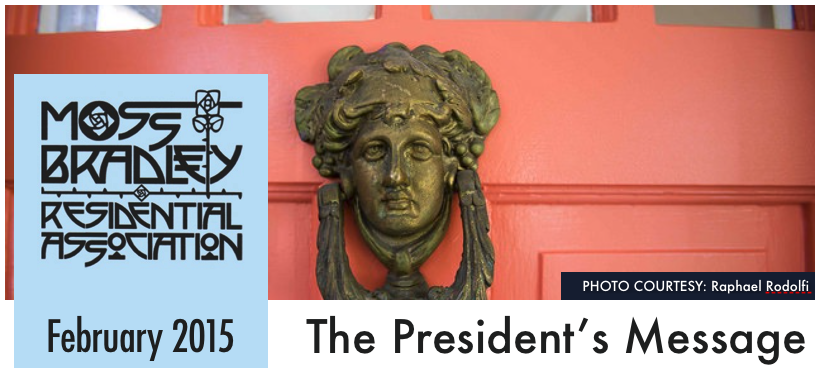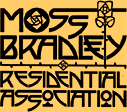 The Benefits of a Walkable Neighborhood
The Benefits of a Walkable Neighborhood
Envision a warm summer day – probably not difficult to do in early February. As you do, take a look at all the people out on the sidewalks walking, running or biking.
I walk through our neighborhood nearly every day, sometimes with my wife, always with my two dogs. As I do, I see a lot of people doing the same, out for a simple stroll with their dogs and of course the ever-present runners. A recent stroll along Moss Avenue and through the neighborhood got me thinking about how walkable our neighborhood really is.
I am certain you’ve heard the term “walkable” used in the media before. The city of Peoria is working to make many sections of our city “walkable” including the Main Street corridor. Besides being an economic driver, a walkable neighborhood is more importantly a quality of life issue.
Walkability is defined as a measure of how friendly an area is to walking. Walkability has many health, environmental, and economic benefits. Factors influencing walkability include the presence of sidewalks or other pedestrian rights-of-way, traffic, and safety, among others.
Walkable neighborhoods are great on many levels. A recent study probed how walks mitigate aging and stimulate our minds even if one has degenerative problems. A daily walk or two improves mental acuity and vitalizes the walker. Walking is particularly useful as a daily activity of aging adults and seems to keep cognitive decline at bay. My guess is that this also help with the cognitive functions of not-so-elderly adults and children as well.
And it goes without saying that a walkable neighborhood contributes to the physical well being of our neighbors. People who live in neighborhoods that are conducive to walking experienced a substantially lower rate of obesity, overweight and diabetes than those who lived in more auto-dependent neighborhoods, according to a pair of studies presented at the American Diabetes Association’s 74th Scientific Sessions®. Health benefits abound!
Having a destination worth walking to in the neighborhood is another advantage and will inspire more walks.
A nice, walkable neighborhood is a tremendous value that cannot be quantified by calculating transportation and time savings. The positive impacts on the community, environment and health are priceless.
Brian Buralli
